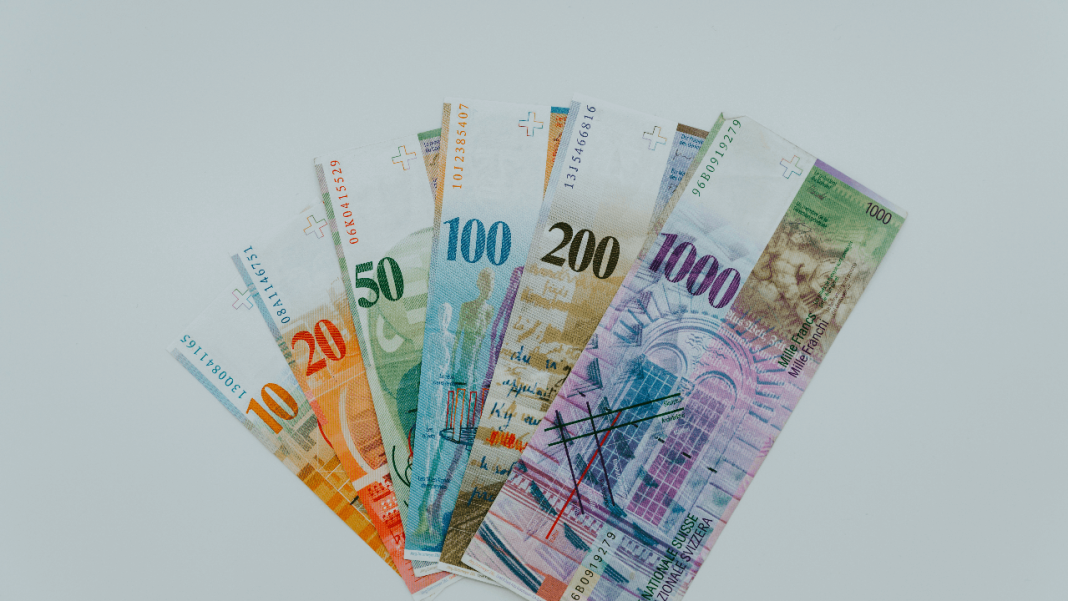At the airport in Mumbai, a man counted his rupees twice before stepping up to the exchange counter. The board behind the glass flickered: dollars, euros, rubles, takas. For many Indians, those shifting digits decide how much a trip will really cost, how far a remittance will stretch, or how a contract is priced.
The Indian Rupee’s exchange rate today against the US Dollar, Euro, Bangladeshi Taka, Pakistani Rupee, and Russian Ruble shows the way money breathes across borders.
Checkout, India Focus Daily news for current Exchange rates and Todays Gold Rates.
INR to USD Exchange Rate Today
The Indian Rupee sits at about 0.0112 against the US Dollar. A small number, but one that carries weight. Fuel shipments, aircraft deals, even the latest smartphones — all lean on this rate. Exporters in Bengaluru smile when the rupee weakens, invoices in dollars suddenly look bigger. Importers, on the other hand, grimace.
Oil refineries, carmakers, gadget stores, they feel every fraction shaved off the rupee. The Reserve Bank of India often steps in, not loudly, but with careful moves to keep the market from running wild. Still, US monetary policy and global oil costs remain the loudest voices in this pairing.
INR to Euro (EUR) Exchange Rate Today
Against the Euro, the rupee hovers around 0.0095. European demand is vital for Indian pharmaceuticals, textiles, and machinery. For a pharma exporter in Hyderabad, the euro rate can tip the balance sheet from green to red.
Students heading to Paris or Berlin also keep one eye on these numbers, hostel rent and cafeteria meals can turn dearer overnight. Families wiring money for living costs know it too. In India, one conversation in a bank queue often circles back to this: “How much did the euro go up today?” A single point can alter someone’s monthly budget.
INR to Bangladeshi Taka (BDT)
One Indian Rupee exchanges for about 1.37 Bangladeshi Taka. This may not make global headlines, but in the markets near the Petrapole border, it sets the pace of business. Trucks loaded with yarn, rice, and household items wait for customs clearance.
Drivers lean on their horns, merchants haggle, and the rupee-taka rate becomes the invisible hand guiding it all. For families sending remittances between the two countries, decimals decide how much food or school supplies will be bought that week. Currency here feels less like finance and more like survival math.
INR to Pakistani Rupee (PKR)
Today, one Indian Rupee stands at roughly 3.18 Pakistani Rupees. Political boundaries may block large-scale trade, but the number travels quietly across conversations. Relatives visiting each other for weddings or emergencies use informal exchange setups, and this figure becomes their compass.
The Pakistani Rupee has been under strain with inflation and rising debt, making the Indian Rupee appear steadier in contrast. Economists debate how to compare the two economies, but people living along the border see the difference when handing over cash for everyday purchases. It is as raw and real as it gets.
INR to Russian Ruble (RUB)
The rupee holds near 0.94 against the Russian Ruble. This rate has become more important since India expanded oil imports from Russia. Payment terms in local currencies now shift daily, forcing refineries and logistics firms to check rates again and again before signing.
Importers often complain of sudden surprises. “Yesterday the shipment cost looked fine, today it doesn’t,” one trader in Delhi remarked. Political sanctions keep the ruble unpredictable, and by extension, the rupee’s link to it feels shaky too. For companies tied to Russian supplies, this number is no abstract statistic; it’s the line that sets their operating costs each month.
Key Drivers Behind INR’s Movements
The rupee doesn’t move in isolation. Several forces tug at it daily:
- Global crude oil swings that inflate or shrink import bills
- Rate decisions by the US Federal Reserve and European Central Bank
- Reserve Bank of India’s interventions to smooth volatility
- Domestic inflation and household consumption trends
- Foreign investment flows entering or leaving Indian markets
- Geopolitical disruptions, from conflicts to sanctions
Each factor pushes a little. Sometimes they all push at once.
Expert Opinions and Market Reactions
Currency traders in Mumbai described today’s rupee trading as calm but watchful. Analysts see the INR staying in a narrow range against the dollar unless oil prices suddenly flare up. Economists often note that India’s strong remittance flows and healthy reserves provide a buffer, though no cushion is perfect.
Exporters prefer a weaker rupee because it boosts their invoices. Importers want stability, since higher costs ripple through supply chains quickly. The tug between these two groups is constant, and government policy often tries to walk that line.
For households, the rate doesn’t stay in theory. Parents paying tuition to Europe or America see it in their bank drafts. Travelers booking flights abroad grumble when conversions stretch the budget. Small exporters in Ludhiana or Surat refresh the ticker before finalizing contracts with buyers overseas.
The Indian Rupee’s exchange rate today against the US Dollar, Euro, Bangladeshi Taka, Pakistani Rupee, and Russian Ruble may look like simple digits. But behind every digit stands a decision — a family budget, a trade deal, a shipment waiting at port. The numbers will change again tomorrow. Until then, these are the rates shaping India’s connection with the world.



